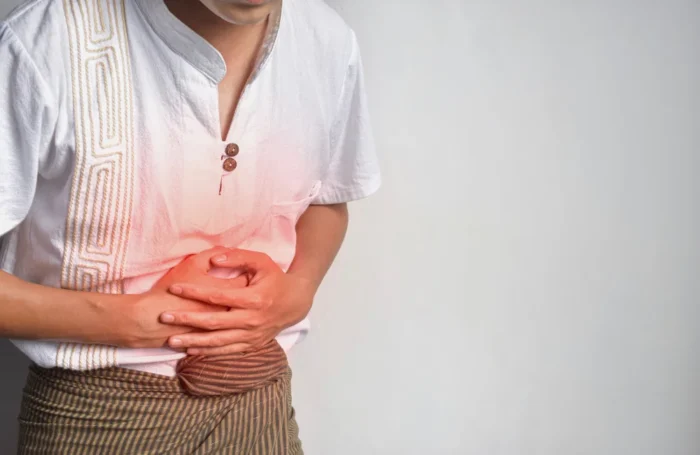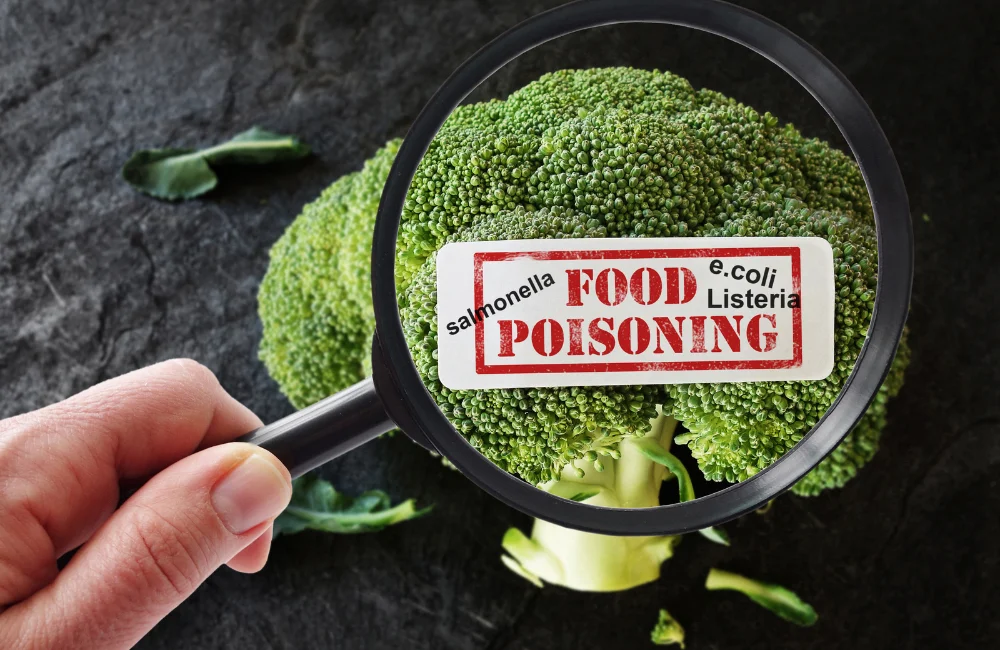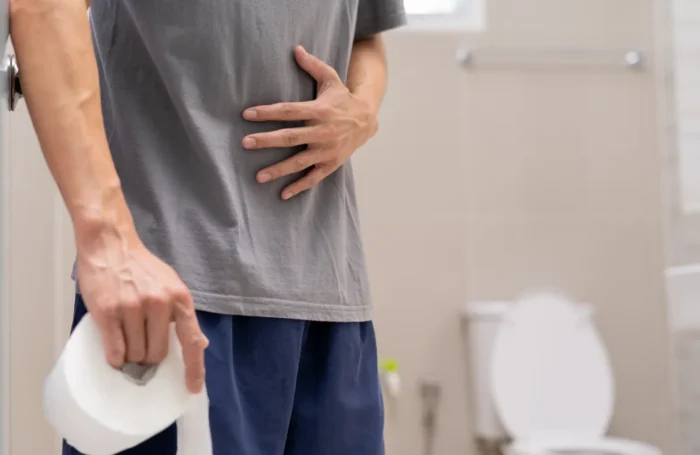Thailand’s vibrant street food culture and exotic cuisine attract millions of visitors each year, but many travelers wonder “how common is food poisoning in Thailand?”. While exploring the incredible flavors of Thai cuisine is undoubtedly rewarding, understanding the risks and taking proper precautions can help ensure your culinary adventure doesn’t turn into a health nightmare.
What Is Food Poisoning in Thailand?
Food poisoning in Thailand occurs when contaminated food or beverages containing harmful bacteria, viruses, or toxins are consumed. The question of how common is food poisoning in Thailand becomes particularly relevant given the tropical climate, which creates ideal conditions for bacterial growth, and the prevalence of street food vendors who may not always follow strict hygiene protocols. The condition typically manifests as gastrointestinal distress and can range from mild discomfort to severe illness requiring medical intervention.
What Causes Food Poisoning in Thailand?

Understanding how common is food poisoning in Thailand requires examining its primary causes
- Bacterial contamination – Salmonella, E. coli, and Staphylococcus are frequently found in undercooked meat, seafood, and dairy products
- Poor hygiene practices – Inadequate handwashing and food handling by vendors increases contamination risk
- Improper food storage – High temperatures and humidity can cause rapid bacterial multiplication
- Contaminated water and ice – Tap water may contain harmful microorganisms, and ice made from unsafe water sources
- Cross-contamination – Using the same cutting boards or utensils for raw and cooked foods
- Undercooked or raw foods – Particularly seafood, meat, and eggs that haven’t reached safe cooking temperatures
- Street food preparation – Foods left sitting at room temperature for extended periods
What Are the Symptoms?
When considering how common is food poisoning in Thailand, recognizing symptoms becomes crucial for timely treatment
- Diarrhea – Often the first and most prominent symptom, ranging from loose stools to severe watery episodes
- Nausea and vomiting – May occur together or separately, leading to dehydration concerns
- Abdominal cramps and pain – Sharp or dull pain in the stomach area that may worsen with movement
- Fever – Body temperature may rise as the immune system fights infection
- Fatigue and weakness – General feeling of being unwell and lacking energy
- Loss of appetite – Reduced desire to eat or drink anything
- Headaches – Often accompanying other symptoms due to dehydration or toxins
- Bloody stools – A serious symptom requiring immediate medical attention
Strategies for Preventing Food Poisoning
Given how common is food poisoning in Thailand, prevention strategies become essential for safe travel:
- Choose reputable establishments – Opt for busy restaurants with high customer turnover ensuring fresh food preparation
- Eat freshly cooked food – Select meals that are prepared and served hot immediately
- Avoid raw or undercooked items – Skip raw seafood, rare meats, and unpasteurized dairy products
- Practice good hygiene – Wash hands frequently with soap and use hand sanitizer when unavailable
- Drink safe water – Stick to bottled water and avoid ice unless from trusted sources
- Peel your own fruits – Buy whole fruits and vegetables to wash and prepare yourself
- Observe food preparation – Watch how vendors handle and cook food before ordering
- Trust your instincts – If something looks, smells, or tastes off, don’t consume it
When to Seek Medical Care
Seek immediate attention if symptoms persist beyond 48 hours, if you experience severe dehydration with dizziness and dry mouth, or if you develop a high fever above 38.6°C. Additionally, bloody diarrhea, persistent vomiting preventing fluid retention, or signs of severe abdominal pain warrant urgent medical evaluation. For visitors to Phuket experiencing concerning symptoms, seeking care at a qualified med clinic Phuket ensures proper diagnosis and treatment.
FAQ
Understanding how common is food poisoning in Thailand through frequently asked questions helps travelers make informed decisions about their health and dining choices.
How often do people get food poisoning in Thailand?
Studies suggest that traveler’s diarrhea affects approximately 20-40% of international visitors, with street food consumption being a significant risk factor. However, most cases are mild and resolve within a few days with proper care and hydration.
What countries have the highest rate of food poisoning?
When examining how common is food poisoning in Thailand compared globally, developing countries with warmer climates and varying sanitation standards typically report higher rates. Countries in Southeast Asia, parts of Africa, and certain regions of Latin America often see increased foodborne illness incidents. Thailand ranks moderately among tourist destinations, with rates generally lower than some neighboring countries but higher than developed nations with stricter food safety regulations.
Is food in Thailand safe to eat?
Many tourists enjoy Thai cuisine without incident by choosing established restaurants, ensuring food is thoroughly cooked, and following basic food safety guidelines. The key lies in being selective about where and what you eat, particularly with street food and raw preparations.
How do you avoid food poisoning in Thailand?
Always choose freshly prepared hot meals, drink bottled water, wash hands regularly, and avoid questionable street vendors. Additionally, consider getting a health check-up in Phuket before traveling to ensure you’re in optimal health, and if you’re planning extended stays, regular blood test Phuket monitoring can help detect any health changes early. For comprehensive care, Phuket medical tourism offers excellent healthcare facilities combining vacation with preventive medical services.



